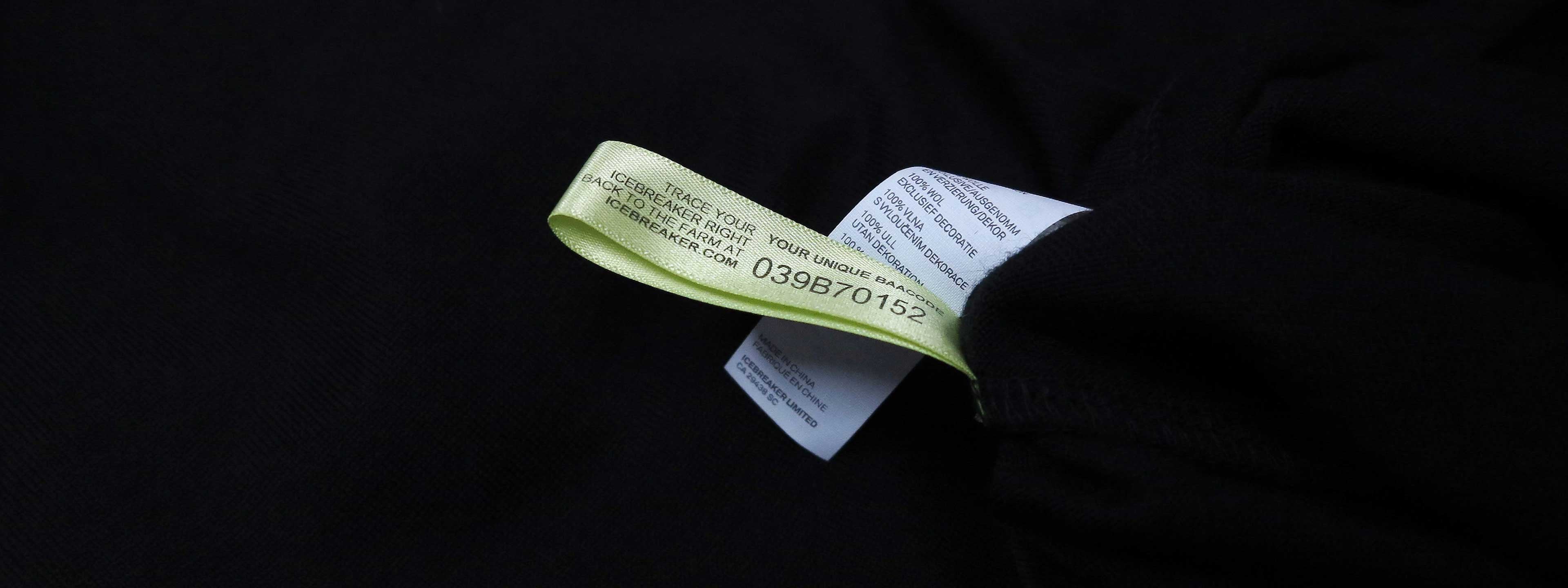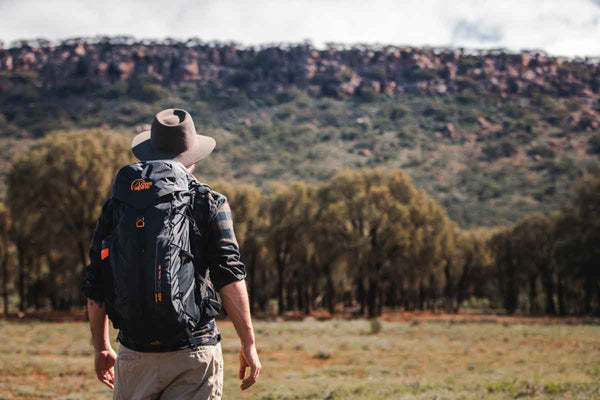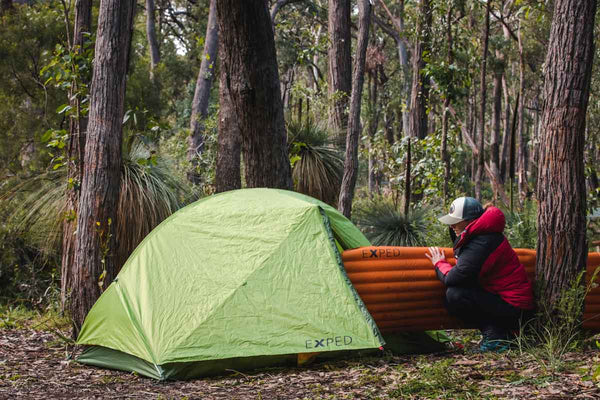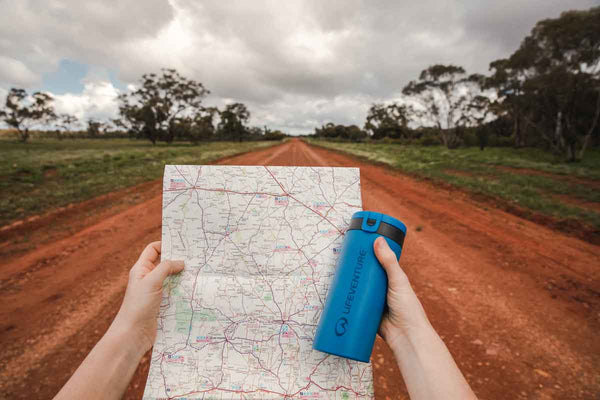Product Care Instructions

Care instructions
Gear and clothing for the outdoors is, generally speaking, hardy and tough; but that doesn't mean it doesn't need special care and sometimes a bit of TLC. You've gone and invested in top-quality equipment and apparel and you can expect a lot from it, but the better you take care of it, the better it will perform and the longer it will last.
It can be intimidating to try and remember all the do and do-nots, so we'll try and keep it simple. If in doubt, though, always feel free to contact us with any questions!
Clothing
With a few important exceptions, most outdoor clothing can be tossed in the washer like regular clothes--although it's always important to check the label to make sure of things like water temperature. Additionally, you want to be careful about tossing stuff in the drying machine. In general, synthetics and cottons are fine to go in (although there is the potential for shrinkage: again, check the label); but wool clothing never should. Wool and wool blend socks usually can but the dryer should be on "low". None of the wool clothing which we carry should be washed with special wool washes; generally they have undesirable like fabric softeners added which hamper or ruin the performance of the clothing. Regular detergent is fine.
One of the aforementioned important exceptions to all of this is:
Waterproof garments
Gore-tex® caused a revolution in wet-weather-ware with their lightweight, breathable fabric. But unlike the heavy oilskins of yesteryear--ok, yesterdecade--Gore-tex® and, in fact, any waterproof-breathable (WP/BR) fabric--requires proportionately more care.
WP/BR fabrics won't let water through to your skin. However, the "magic" which really keeps you feeling dry and comfortable is the coating of DWR, or Durable Water Repellency. DWR prevents the fabric from getting waterlogged and heavy through a series of very interesting and slightly complicated steps that we won't go into here. But the important thing to remember is that DWR performance does diminish over time. The combination of wear and tear--particularly in the form of oils from the skin and body, sunscreen, sweat and dirt--gradually degrade and deactivate the DWR and eventually your garment will "wet out". Don't worry, though--this doesn't mean it isn't waterproof anymore! It simply means that the face fabric is saturated with water. Fortunately, it's an easy fix: all you have to do is clean the garment from all contaminants and reactivate the DWR.
Different manafacturers have, unsurprisingly, different opinions on the best way to clean a WP/BR garment. The first thing we ask you to remember--and which supercedes any advice that we give here--is to read the manafacturer's instructions on the label. Follow what it says and you can't go wrong. Having said that, here are the general steps:
- Do up all zips and loosen all elastic ties
- If you're using a cleaning or cleaning/waterproofing agent from Grangers or Nikwax, follow the instructions on the bottle.
Alternatively,
- Add a free-rinsing soap or detergent. If you choose to use detergent, it's best to run at least one additional rinse cycle to make sure there is no surfectant left on the garment.
- Never add fabric softener!
- Tumble dry on medium for about 15-20 minutes to reactivate the DWR coating.
- If you feel the garment warrants it, you can also reapply the DWR coating via a spray-on treatment like Grangers or Nikwax (again, follow the instructions on the bottle).
Don't be tempted to dry-clean your garment, no matter how expensive it was. You'd be hard pressed to find a manufacturer who recommends it--ignore the temptation that because dry cleaning is fancy and expensive, it must be best! WP/BR garments are made to be cleaned and treated as above. Simple, and fortunately the best for them.
Down products
Down products, whether they are garments or sleeping bags, have the same embargo on dry cleaning as WP/BR products. Dry cleaning strips the all-important oils from the down and will destroy it.
Fortunately, just like jackets and pants, a little knowledge will take you far and you'll find down products quite easy to take care of.
It's best to use a front-loading waching machine--in fact, some warranties can be voided if you use a top-loader, because the delicate garments and long sleeping bags can get wrapped around the agitator and destroyed. If you don't have a top-loader, find the local laundromat! Use a gentle wash with warm or cool water.
Use a mild powder detergent, or (preferably) a specialized cleaner from Nikwax or Grangers. Absolutely no fabric softeners!
If the garment or sleeping bag has a waterproof face fabric, treat it afterwards with a spray-on treatment from Nikwax or Grangers--don't use a wash-in waterproofing which could adversely affect the down.
If you can, line-dry the garment or sleeping bag until it is at least mostly dry. However, we realize this can take many hours (and much space), so it is acceptable to tumble dry it. Use a medium setting and when the product is nearly dry, add a couple of tennis balls or a clean shoe; in addition to the delightful racket this makes, it serves to break up any clumps of down and help restore the loft.
Don't forget that sleeping bags shouldn't be stored in a stuff sack--it causes them to lose loft. Hang them up from the footbox, if you can; alternatively store them lying flat under your bed (beware if you have cats!) or loosely packed into the large cotton storage bags many of them come with.
And as always, if you have any other questions or need clarification, just send us an email at info@trekandtravel.com.au or give us a call at 02 9261 3435.





